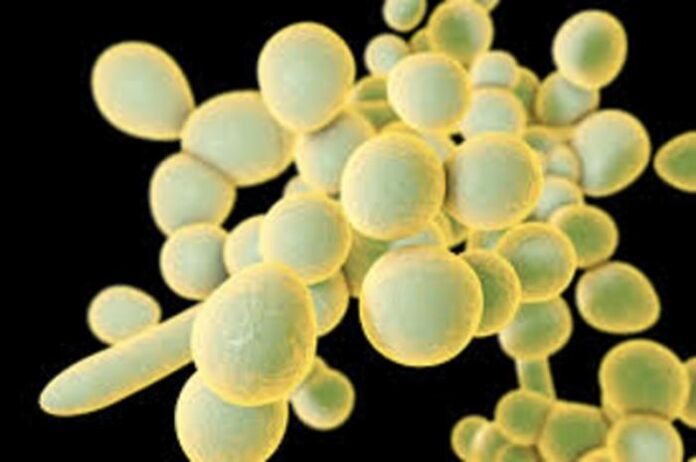Research indicates that some ant species actively modify their nest structures to mitigate the spread of infections within their colonies. This remarkable behavior not only sheds light on the social dynamics of these insects but also provides valuable insights that could inform human disease control strategies.
Ant Behavior and Nest Modification
A study conducted by researchers at the University of Arizona revealed that certain ants alter their nest networks in response to potential epidemics. These modifications can include increasing the distance between nests and enhancing ventilation, allowing for better airflow and reducing the likelihood of disease transmission. The study, published on March 15, 2024, highlights the adaptability of these insects and their collective response to health threats.
The findings underscore the ants’ remarkable ability to assess risk and implement changes that promote colony health. By altering their nests, these ants demonstrate a form of social immunity, where the collective behavior of the group plays a crucial role in disease prevention. This behavior is particularly evident in species like the Carpenter Ant and Fire Ant, which showed significant alterations in their nest architecture during periods of heightened disease risk.
Implications for Human Disease Control
The implications of this research extend beyond the insect world, offering potential strategies for managing epidemics in human populations. Just as ants modify their environments to protect against disease, similar approaches could be employed in urban planning and public health initiatives. For instance, improving ventilation in crowded living conditions or strategically organizing community spaces could help curb the spread of infectious diseases.
Research leads suggest that understanding these natural adaptations could inspire innovative solutions for preventing outbreaks, particularly in densely populated areas. The study emphasizes the importance of interdisciplinary approaches, merging entomology with public health to develop strategies that enhance community resilience against epidemics.
As scientists continue to explore the connections between social behaviors in insects and potential applications in human health, these findings serve as a reminder of the intricate relationships between species and their environments. The lessons learned from ants may pave the way for more effective disease control measures in human communities, highlighting the potential for nature to inform science and public health policies.
In conclusion, the ability of certain ants to adapt their nest structures not only reveals their sophisticated social behavior but also presents a unique opportunity for advancing our understanding of disease prevention. As researchers delve deeper into these behaviors, the potential for translating these findings into practical applications for human health remains an exciting frontier.







